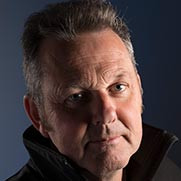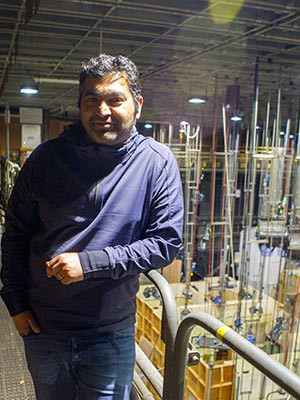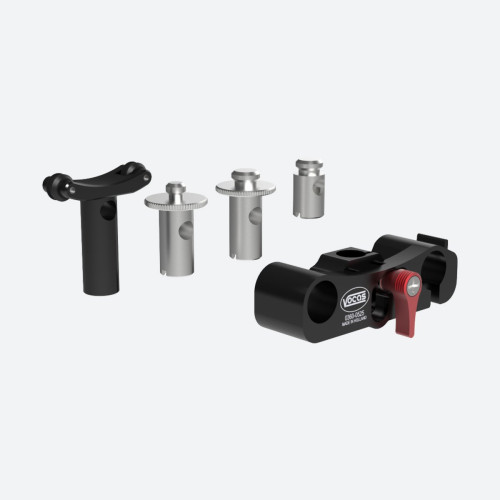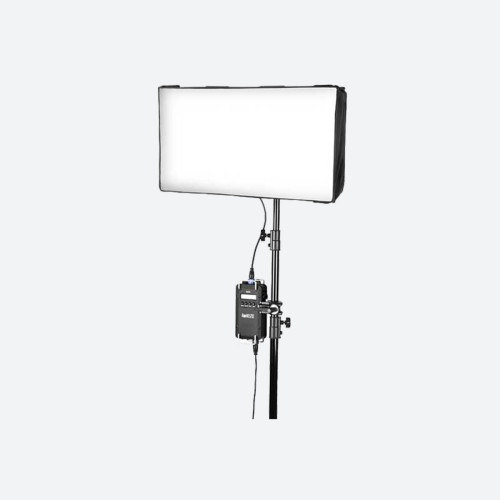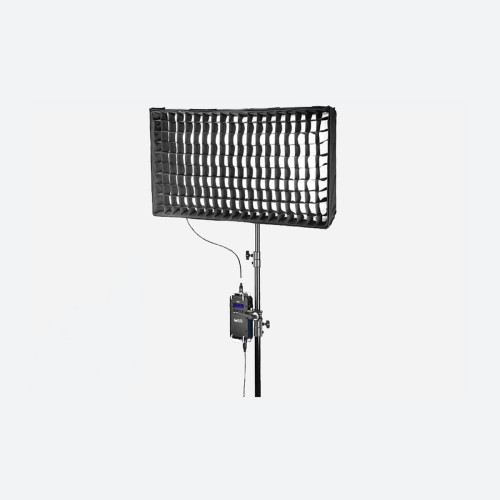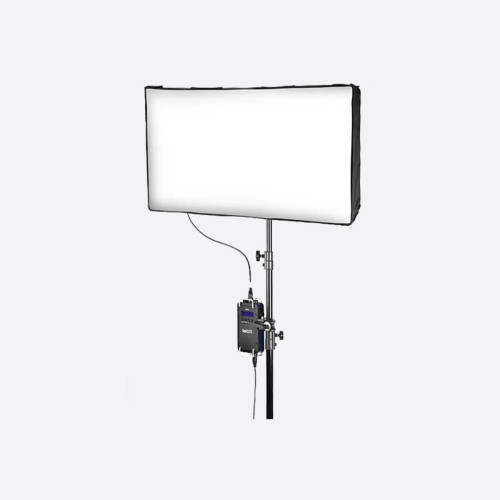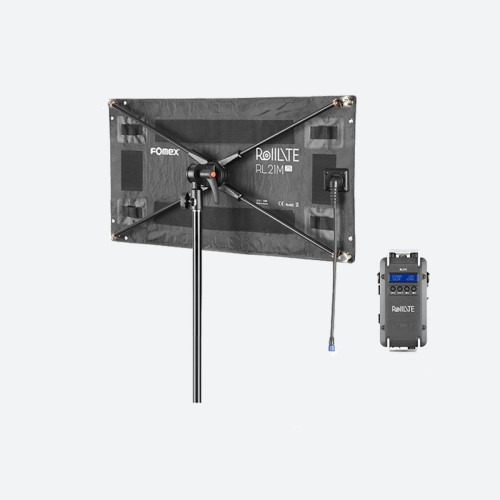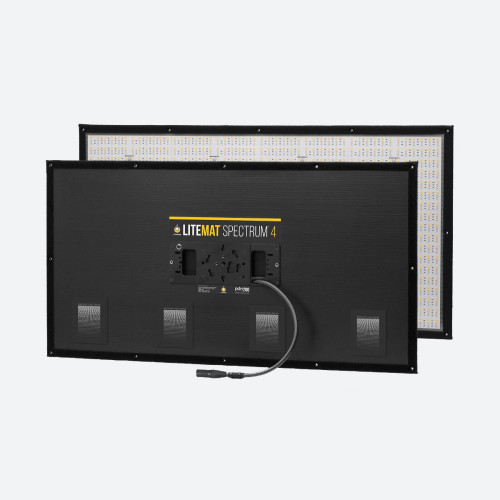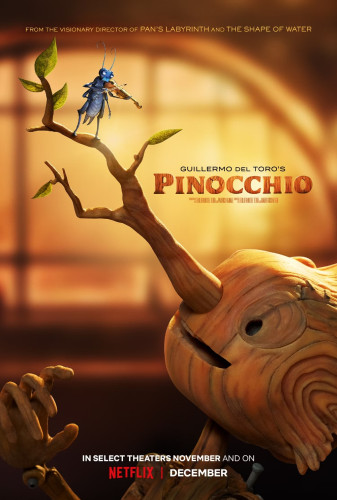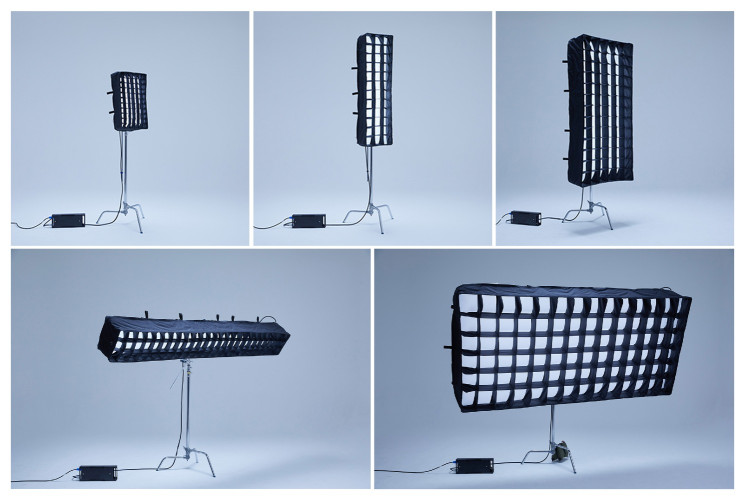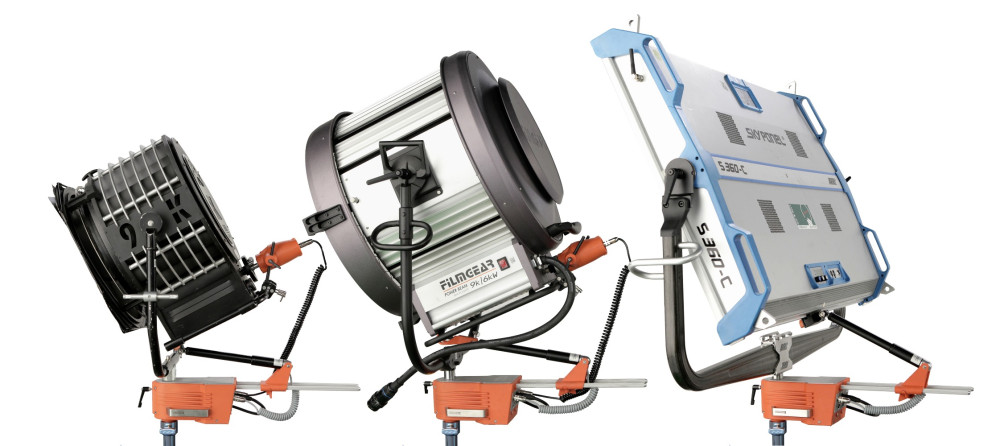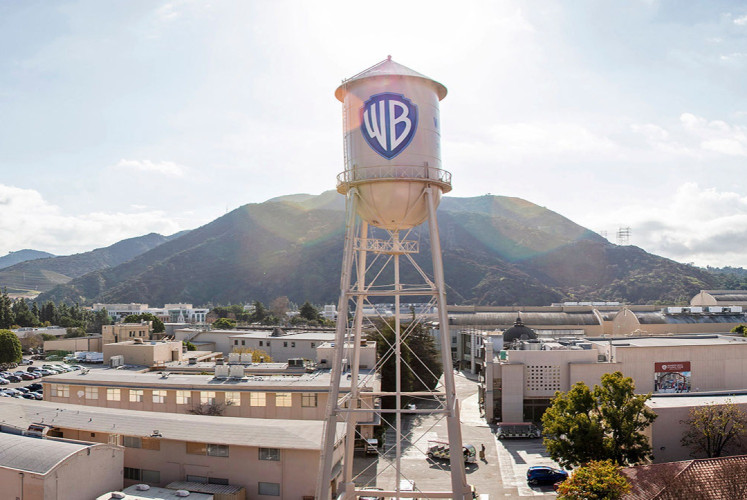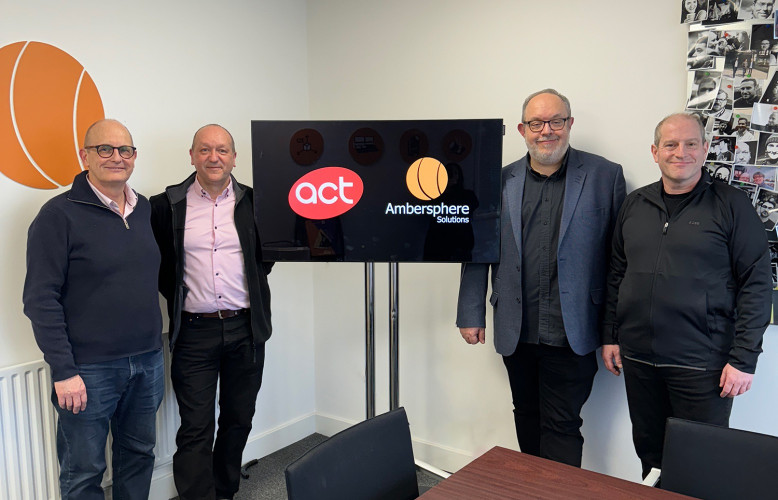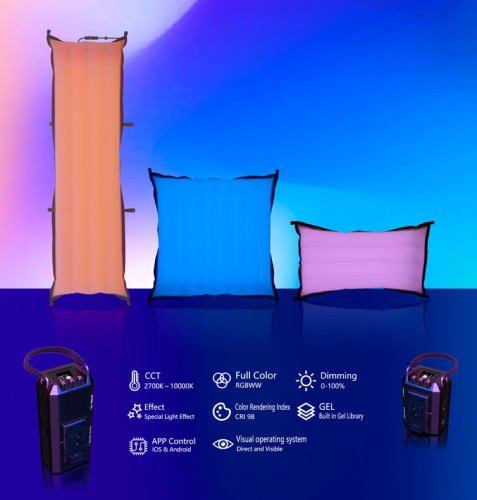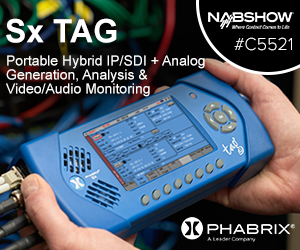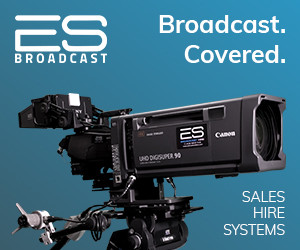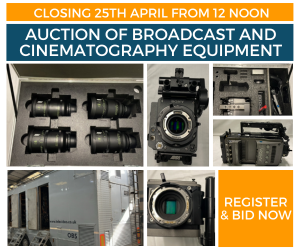Gurdip Mahal’s credits for lighting design are impressive. Including major Awards shows such as BBC Sports Personality of the Year, Children in Need, as well as The Voice, Top Gear and Crystal Maze, his CV would almost certainly include at least one show with which any one of us is familiar. In addition, he has applied his own particular style to performances by major artists such as U2, Beyonce and Lady Gaga.
The road to such an illustrious career, started equally auspiciously and gave a hint of the talent that has paved his route forward.
Graduating in 1995 from Southampton University with a First-Class honours degree in photography, it was the first time the highest possible grade had been awarded for this discipline in the University’s history.
A career in photography consequently beckoned. With such an obvious talent for the art, what other path would one take? If it were not for the offer of a paying job at MTV.
The position at MTV was as a lighting assistant, a ground floor opportunity. This served as an apprenticeship where basic skills such as cutting gels, and hanging lights where acquired.
Over the next 6 years these skills where honed. With briefs such as “you’re lighting Mariah Carey, and you’ve got a budget of £200”, creativity was a must. Against the back drop of the Britpop era, the craft was learnt “I worked with some great people at MTV. They taught me the rules of lighting and then gave the opportunity to experiment. It also instilled the value of hard work”.
It also became apparent that lighting designers specialising in the type of show that MTV had developed, which had now moved very much into the mainstream, were in short supply. The jump was therefore made into the world of freelance, lighting initially the new breed of large award shows.
Leap forward to the present day, and Gurdip is now responsible for lighting some of the largest entertainment shows broadcast.
His approach to design is layered. An initial meeting with production will often provide no more than adjectival instructions such as “it needs to look bright”, “dark” or “fluid”. As he points out, “As a designer it’s your job to get into the head of the client. Understanding their requirements, ensures they will trust me to deliver the design I see fit”.
From this a spreadsheet template is produced, breaking down the lighting into dynamic looks, that work in harmony with the production. This is fundamental to Gurdip’s working process, “That’s what excites me, you have to believe in the outcome”.
Visualisation of the final design is as a series of fixed images, relying on his photographer’s eye, framing each shot. With big productions there may be as many as 40 cameras, so a fundamental understanding of lighting angles is imperative. This also lays the basis for experimentation with new ideas.
Once on site the sequence is the same. Faces are lit first, often using larger Tungsten sources 2K and above. Gurdip’s preference for larger sources is that they can be under run, thus reducing the CCT offering a wider choice of colour. This also helps create a “zing” in the eyes.
With faces lit, scenes can be added and then lastly textural overlays. There are some principles applied through this process, which include use of a minimum number of fixture types in any one layer, and the avoidance of multiple colours.
As Gurdip points out “I always think monochromatically because mixing colour doesn’t feel right to me. I like to base the look around vibrant use of saturated colour”. Perhaps another nod to black and white photography where the essence of the picture is in its form and tone.
Joining scenes is then about a series dynamic set pieces, often transitioning between literally hundreds of fixtures to perhaps just a single backlight, all with the purpose of eliciting the response “Wow I wasn’t expecting that”.
Since his early days at MTV, lighting technology and practices have come a long way. A keen proponent of embracing the latest products and techniques in his designs, in recent productions such as The Crystal Maze, Top Gear and Rupaul’s Drag Race, one combination of lighting which has worked particularly well for Gurdip has been his use of traditional tungsten sources in conjunction with LED-based soft sources such as Chroma-Q’s Space Force, within the initial “lighting layer”.
“I love their softness, their ability to change colour, and the quality of light they produce. Used to bring the level up, I often tune them to Daylight (5600K), to provide contrast, and accentuate the warmer Tungsten hues on the faces of the performers, without it looking artificial”.
He goes on, “On a recent Euro Trash special they were used with the soft lantern accessory to light catwalk models. This was a more comfortable environment to work in front of, as it’s also about the artist. Additionally, Broadcast engineers love them when lighting for Chromakey, because of their evenness and available power”.
Once the layers of lighting have been built up to eye, the last stage of the process is carried out on the monitor. The image on screen reflects more precisely what the viewer will be seeing and allows any aberrations in colour as a consequence of camera technology, to be dealt with.
The whole process from start to finish is highly collaborative with input from all the lighting team members from Spark to Desk Op. Gurdip embraces this, “making the process collaborative, can give the final production real edge. Once the basic looks are achieved it also allows us to mess about and break the rules. As long as the basics are right you can always go back. You have to have a real passion for lighting, and this brings it out in everybody”.
Constantly looking to evolve and engage new ideas, Gurdip gains inspiration from a multitude of sources, particularly from viewing modern art and watching black and white movies.
In the case of the later, “What I admire about older black and white films are their simplicity. They’re stripped back using much simpler levels of technology”.
Asked if he had his time, again would there have been any other avenues in lighting he would have perhaps pursed? “I would have loved to have lit films, but I have no regrets. These are happy times”.



